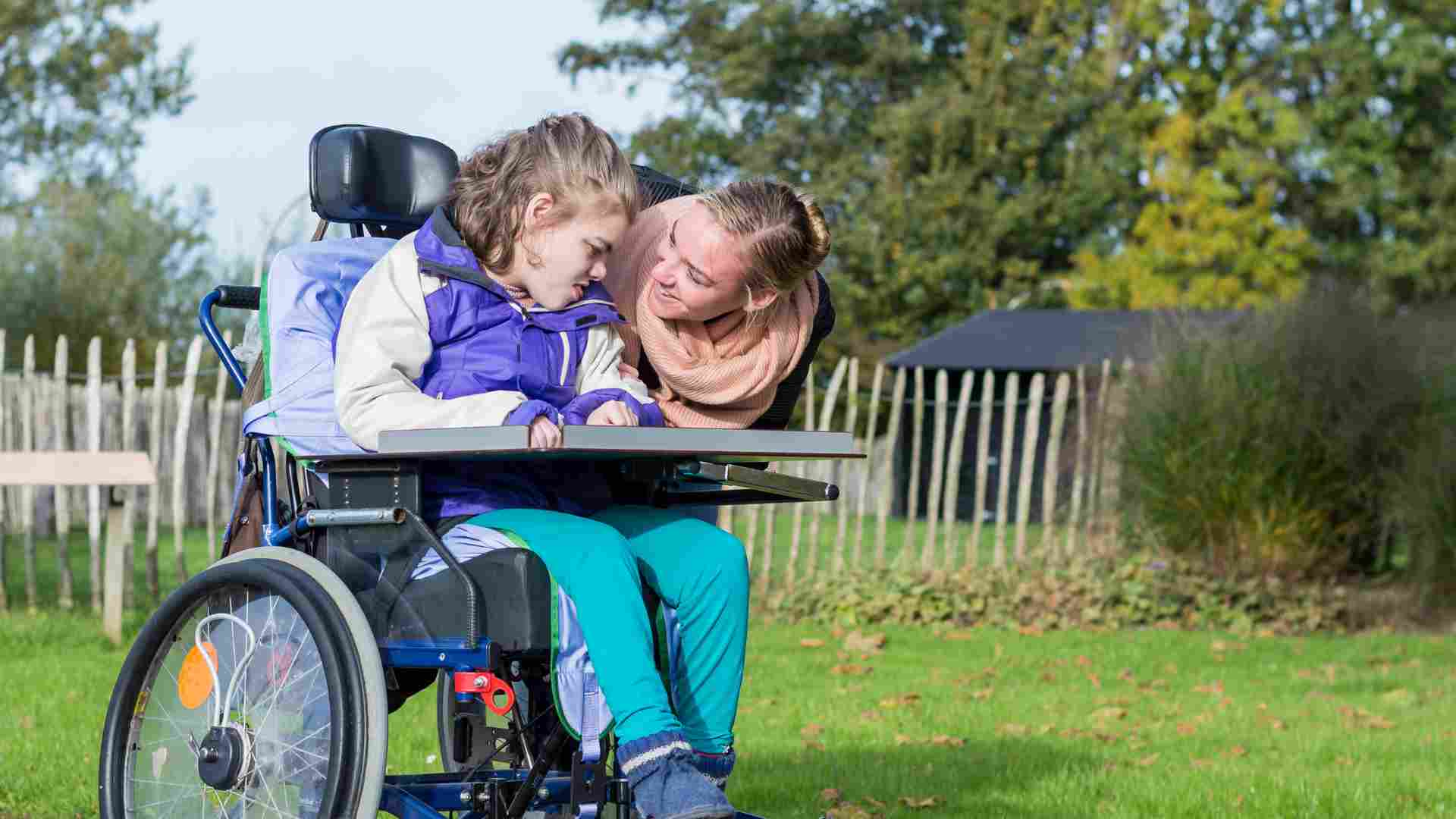We examine why Revenue Ruling 2023-2 matters in Jacksonville estate planning, what it says now, and how it affects your estate planning strategy in Jacksonville for passing wealth to loved ones.
Life Estate, Definition
A life estate is a special ownership arrangement that allows you to share a property with someone else. Each of the people in a life estate has an ownership interest in a piece of real estate — typically your primary home — but over different time periods.
The person who holds the life estate is called the life tenant. So that’s you if you’re the homeowner. As the life tenant, you own the property during your lifetime.
The other person in the life estate is called the remainderman. This person has an ownership interest in the home but they can’t technically own it until you pass away. But when you die, the home becomes theirs automatically.
How a Life Estate Works
A life estate offers a legal way to jointly own property and make ownership transitions smoother after your death. So say you own a home that you want to leave to one of your children. You could establish a life estate deed specifying yourself as the life tenant and your child as the remainderman.
During your lifetime, you can continue to live in the home. You’d be responsible for paying any preexisting mortgage obligations, property taxes and/or homeowner’s insurance for the property. You’d also be responsible for keeping up with maintenance and repairs. As the life tenant, you could also make improvements to the property or even rent it out.
You wouldn’t, however, be able to do certain things such as taking out any kind of mortgage loan against the property, including a home equity conversion mortgage (HECM), without the remainderman’s consent. A life estate deed would also prevent you from selling the home since the remainderman has an ownership interest in it.
At your death, the property would automatically transfer to the remainderman. At that point, they’d be able to do whatever they like with it, including living in it, renting it out or selling it.
Benefits of Creating a Life Estate
There are several advantages of including a life estate in your estate plan. First and perhaps most importantly, doing so allows your heirs to avoid the probate process for the property in question. Since ownership transfers to them automatically, they wouldn’t need to produce a will or go through probate to claim the property. That’s a good thing since probate can sometimes be a lengthy and expensive process.
In that respect, having a life estate in place is similar to establish a living trust. Just like a life estate, assets held in a trust don’t have to go through probate. Instead, they can be passed on directly to the beneficiaries named by the trust.
Establishing a life estate can also offer reassurance for the life tenant that they’ll always have a place to live. The terms of a life estate deed specifically state that the life tenant has the right to use the home during their lifetime. And for the remainderman, a life estate is essentially a guarantee that they’ll receive ownership of the home once the life tenant passes away. That means there’s no room for error, unlike a will, which could be contested by your heirs or others.
A life estate can also be useful in Medicaid planning. Medicare doesn’t pay for nursing home care, but Medicaid could cover such costs for people who are income- and asset-eligible. Including a home in a life estate can help the remainderman avoid Medicaid estate recovery after the life tenant passes away. Medicaid estate recovery is a process in which the government may try to recoup some of the costs of long-term care paid by Medicaid from the deceased person’s estate.
Life estates can also be useful in managing taxes during your lifetime and for your heirs when you pass away. In most cases, transferring property through a life estate can help you avoid triggering the need to file a gift tax return. You may want to consult a tax professional, however, to make sure that applies in your case before establishing a life estate.
Potential Drawbacks of a Life Estate
While setting up a life estate can offer certain benefits, there are a few potential downsides to keep in mind.
For one thing, the terms of the life estate deed tend to be specific when it comes to what you can’t do with the property. So if you wanted to take out a home equity loan, for example, or get a reverse mortgage to generate income you likely wouldn’t be able to do that without the remainderman agreeing to it. And even if they did agree, you might be limited as to the type of mortgage loans you could get with a life estate in place.
Life estates also constitute an irrevocable transfer. That means if you change your mind about passing the property on, you wouldn’t be able to revoke it without the remainderman’s consent. If they refuse to give it, then the property would go to them after your death or to their heirs if they pass away before you do. A life estate also doesn’t insulate you against having a tax lien, either for debts owed by yourself or by your remainderman.
You can also run into snags when using a life estate for Medicaid planning. In order to avoid Medicaid estate recovery, the life estate and its shared ownership arrangement have to be in place for at least five years before your death. If you don’t meet the time requirements then your estate could still be tapped to repay long-term care costs paid by Medicaid after your death.
The Bottom Line
A life estate can be a useful planning tool for avoiding probate and managing Medicaid eligibility. It’s an option to consider alongside alternatives, such as a revocable trust or passing on ownership through a last will and testament. Talking to an estate planning expert or financial advisor can help you decide if a life estate is a good fit for your needs.
Read more related articles here:
What is a life estate & how do I use one?
Exercise Caution When Considering a Life Estate Deed
Click here to check out our On Demand Video about Estate Planning.
Click here for a short informative video from our own Attorney Bill O’Leary.



